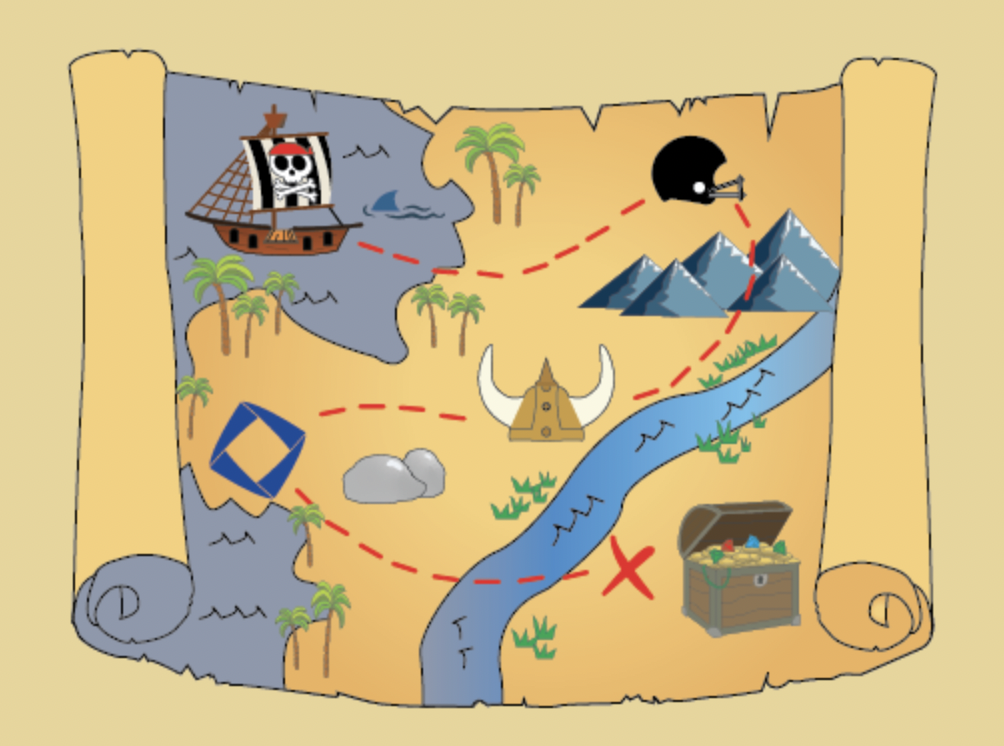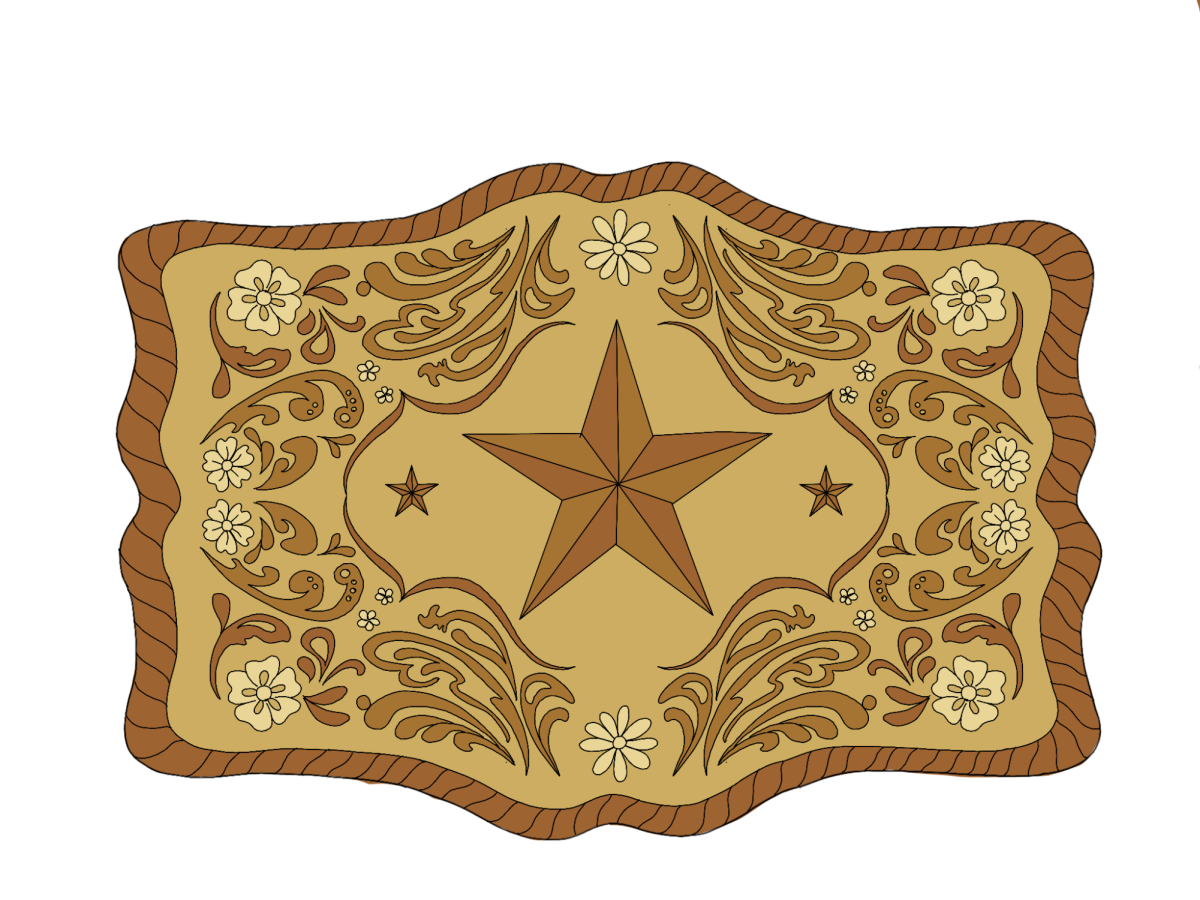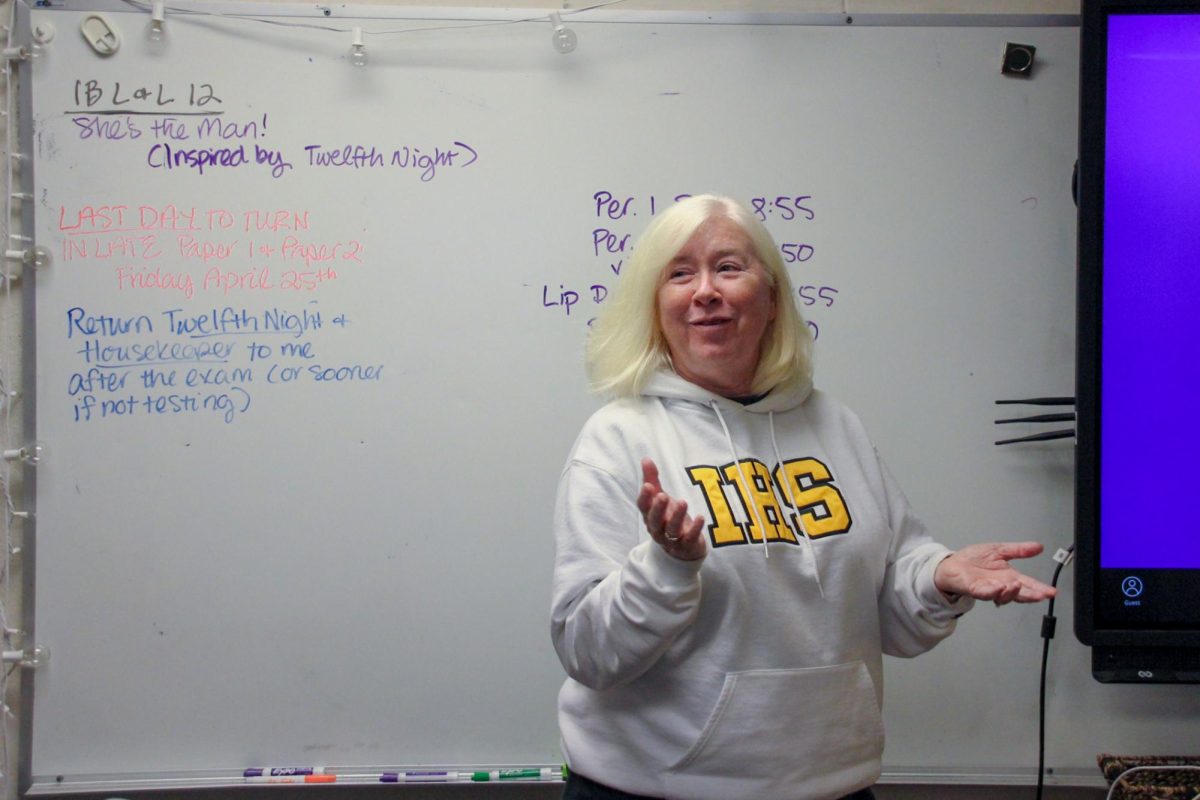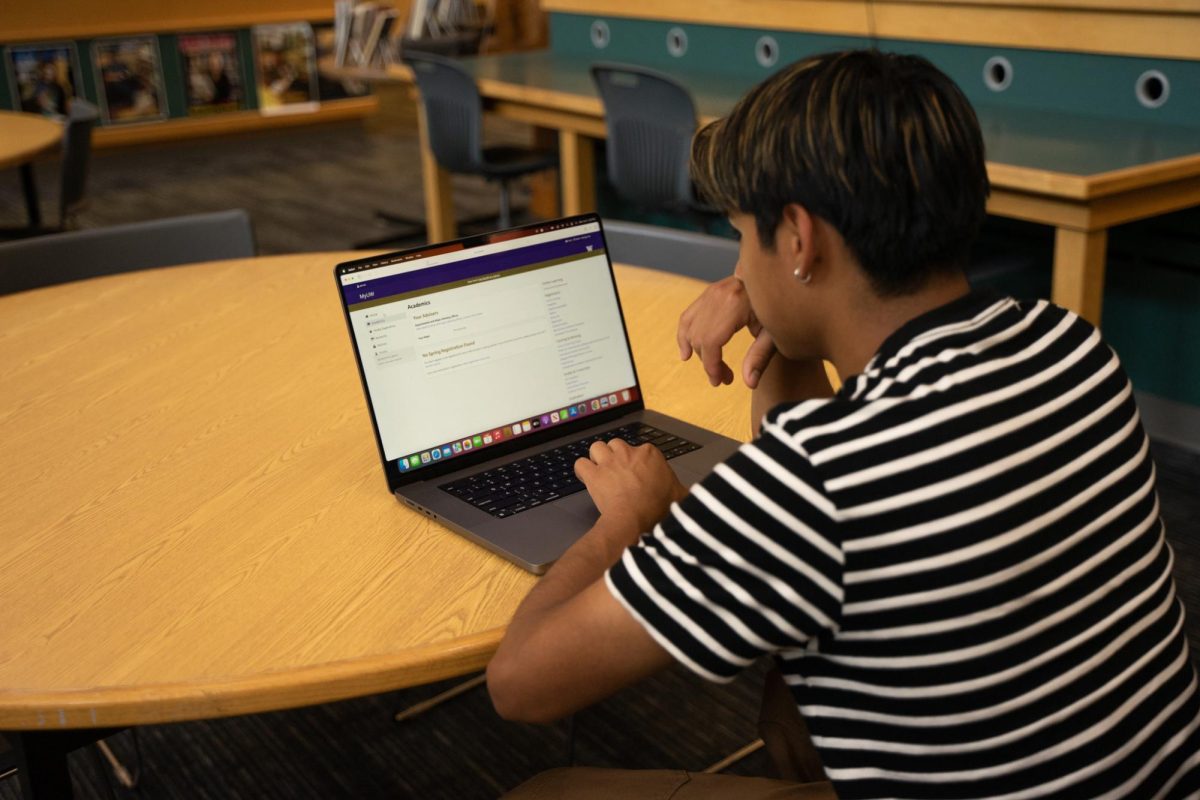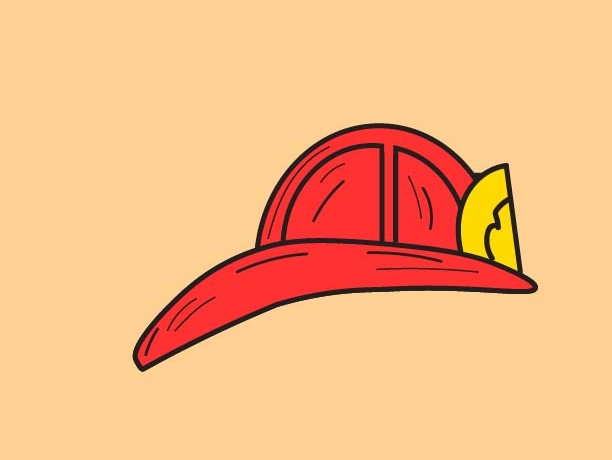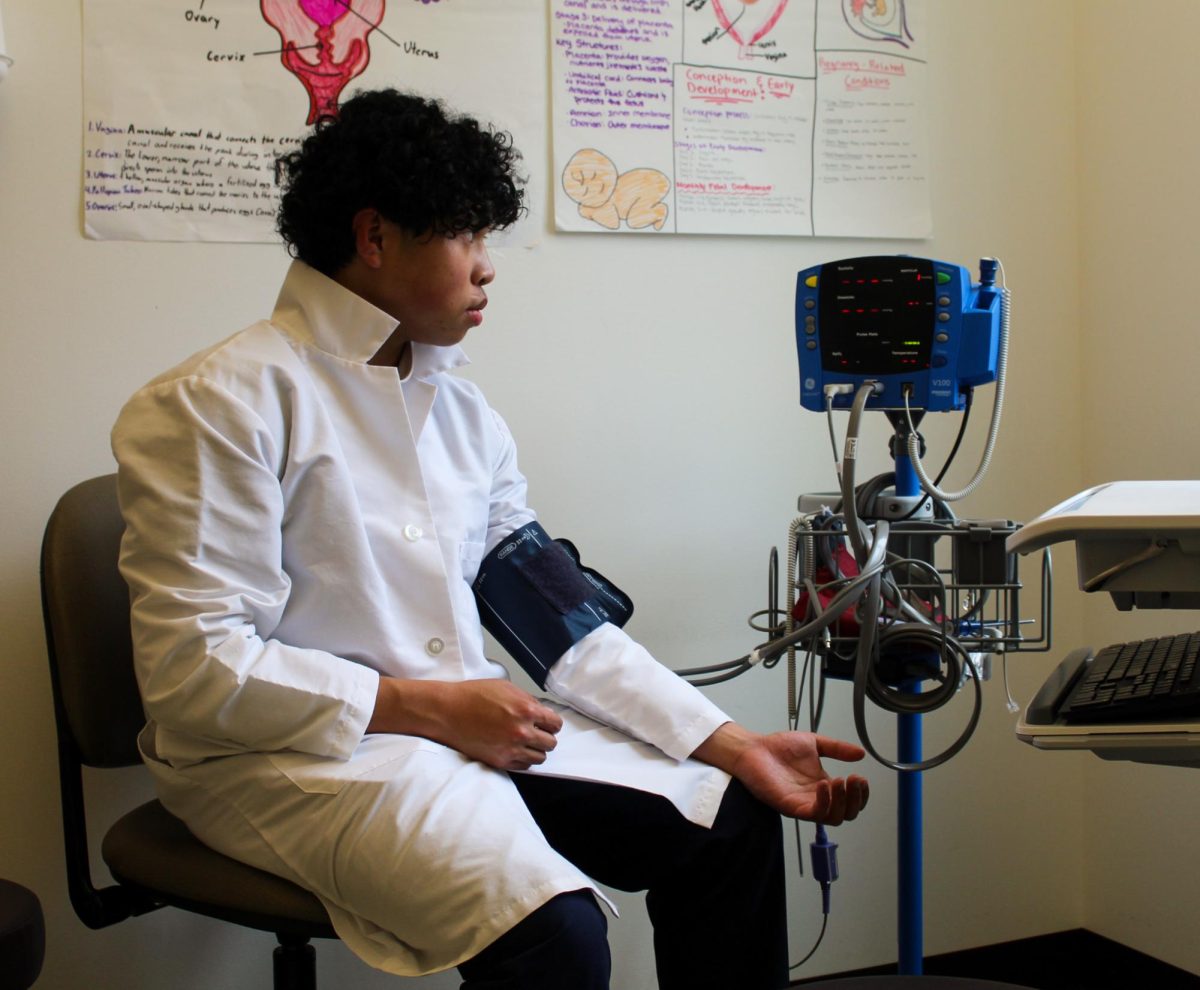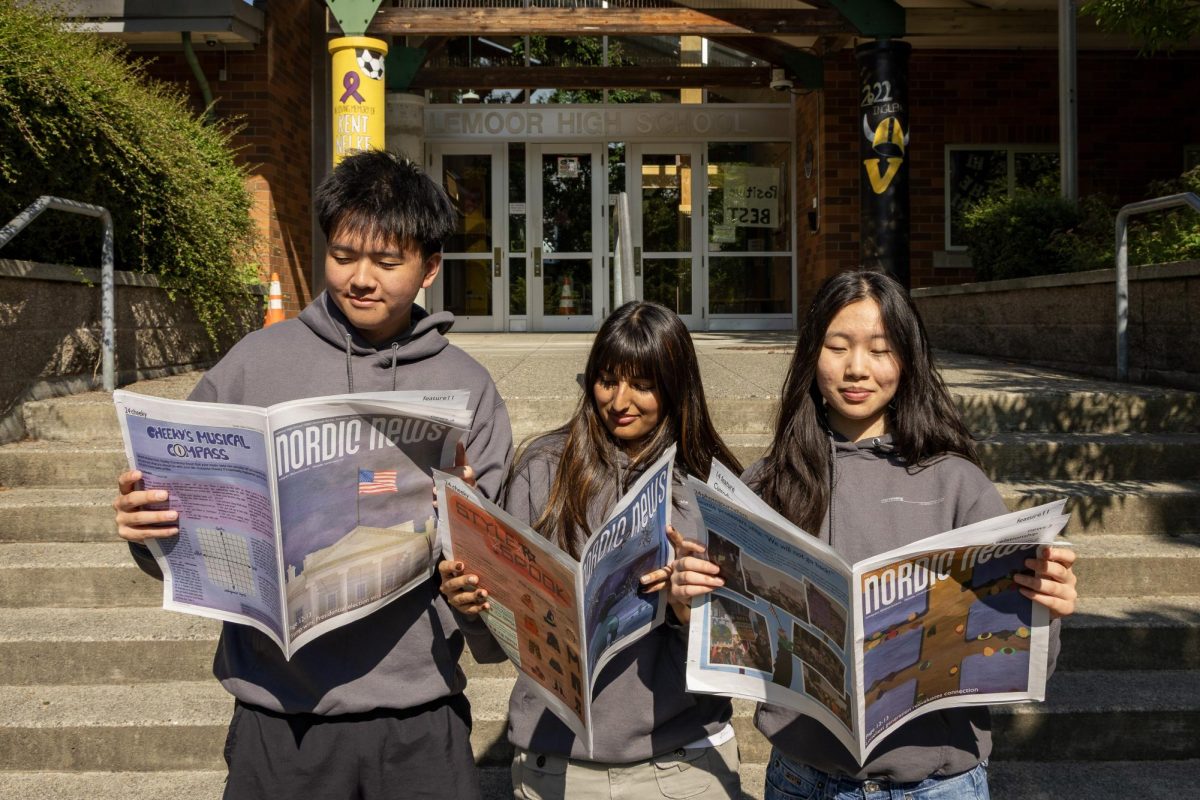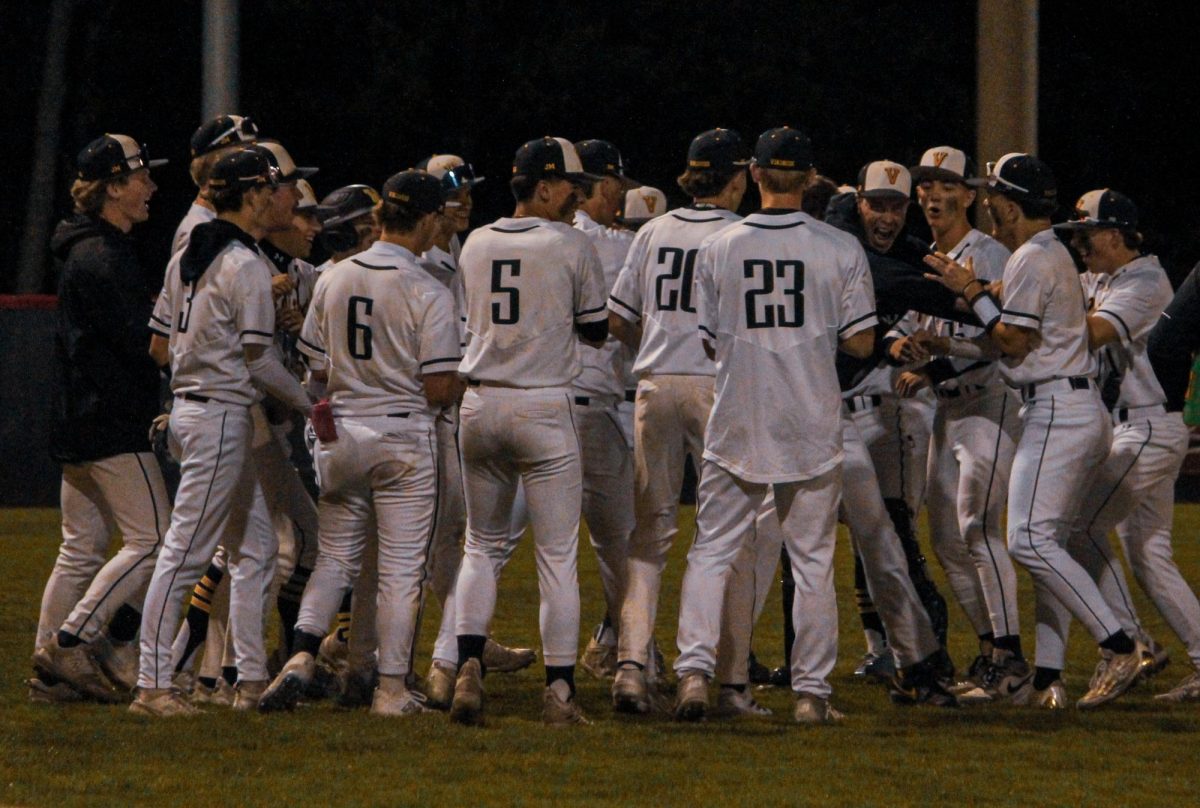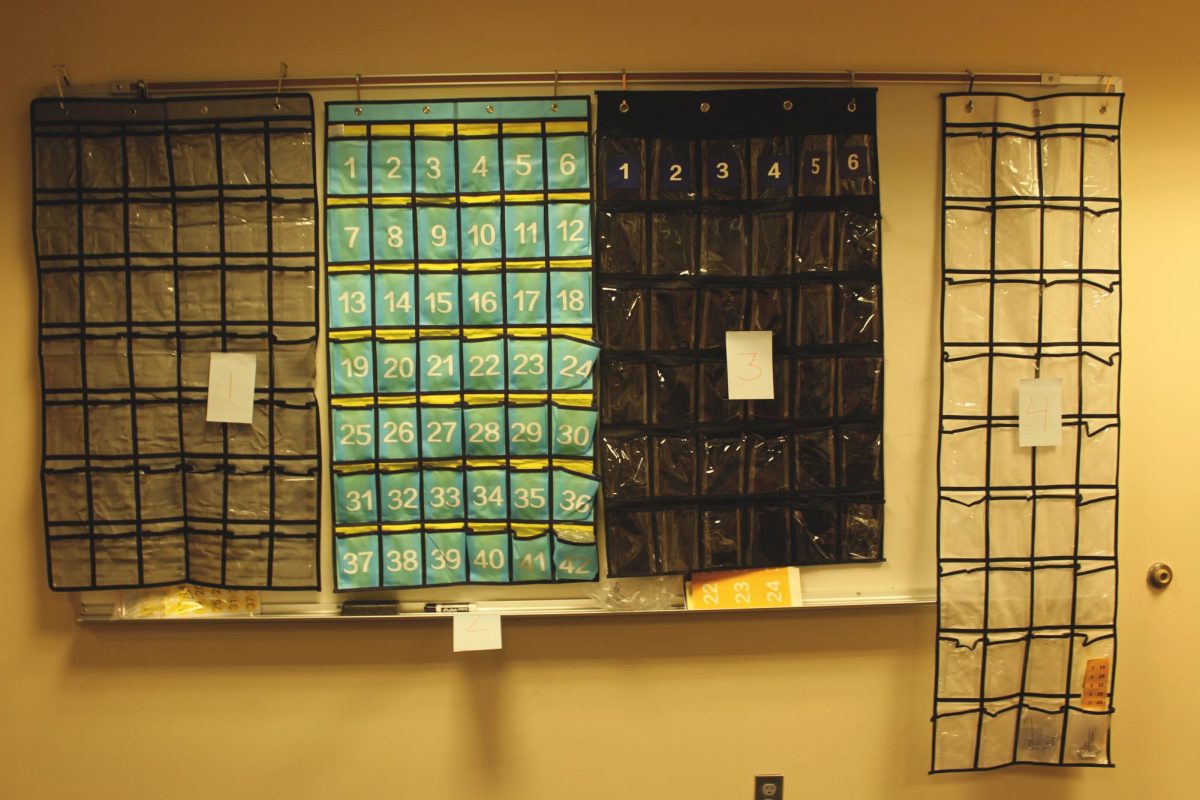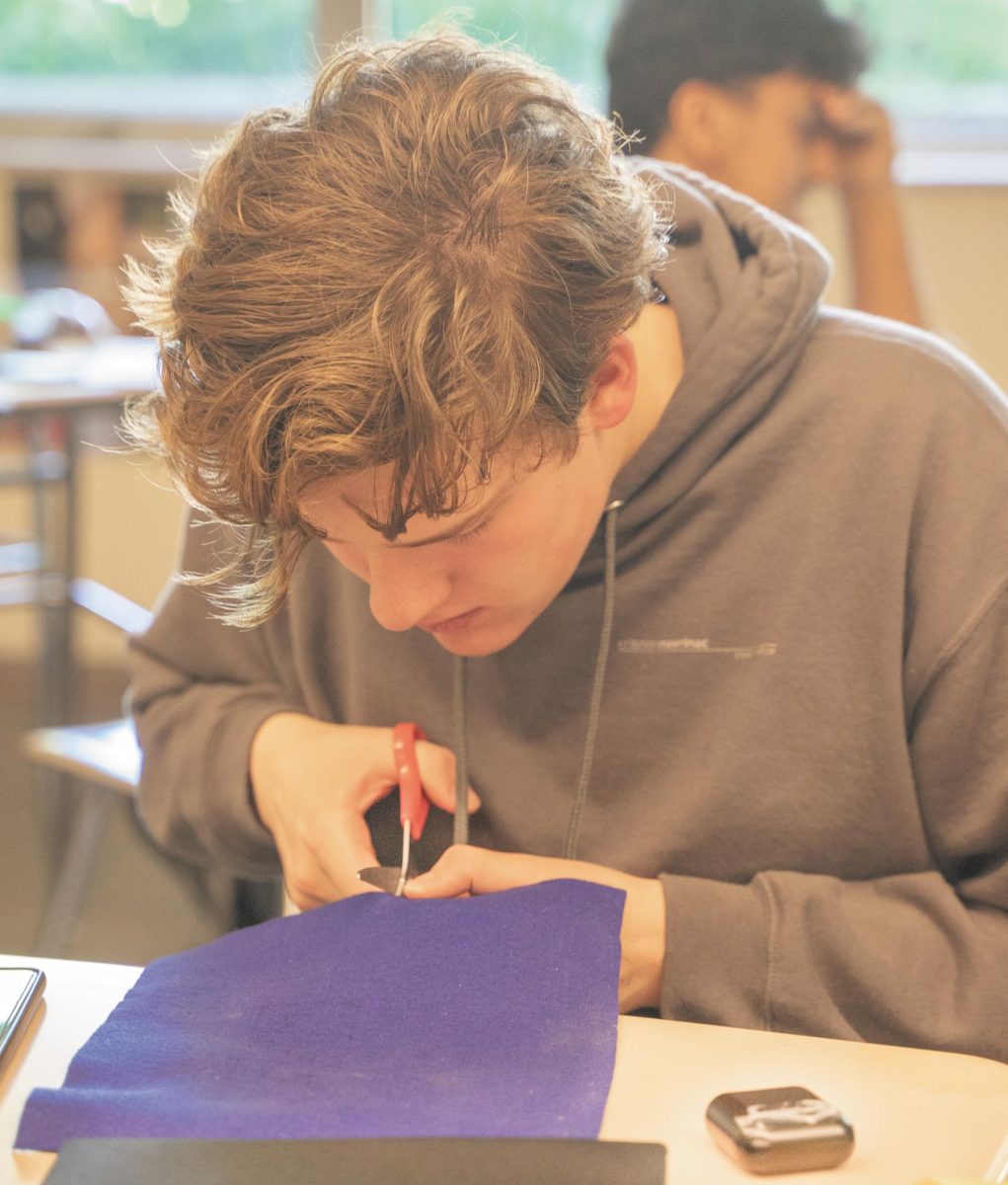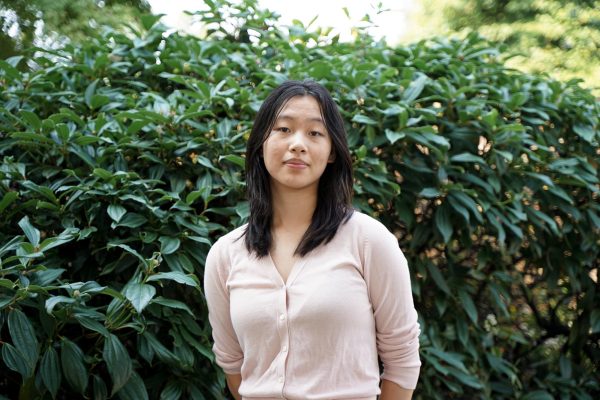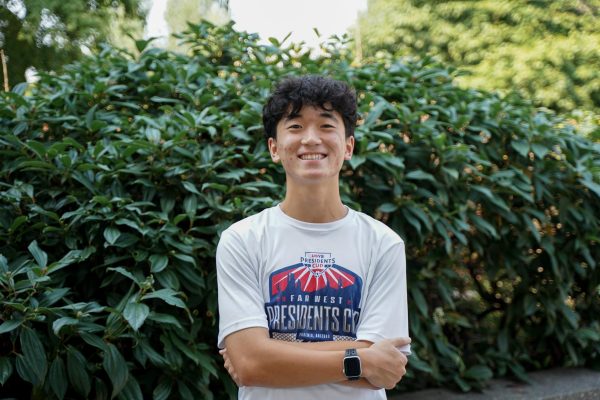Each year, students are asked to pay $60 for an ASB card, which is required for participation in school sports and clubs that use ASB money. Starting next year, a card is needed to participate in competition-based clubs, now reclassified as “Viking Clubs.”
This money is ASB’s sole source of revenue, since class fundraisers, ticket sales and donations go to their respective funding pools. The ASB executive team, advised by Elisabeth Kowalski (she/her), then divides card revenue between sports (50%), clubs (25%) and ASB (25%). Prom and additional dances are sponsored solely by class fundraisers and their ticket sales. ASB does not receive funding from the school district.
ASB brought in $54,540 from card sales this year, $43,438 from athletic receipts and $34,221 from class fundraisers as of May 15. They ended last year with $549,446 and now have $500,032 as of May 15. Although this seems like a substantial amount, bookkeeper Leslie Clawson (she/her) said ASB saves enough money to operate for another school year.
So far this year, $428,941 has been spent on ASB-sponsored events this year, but ASB doesn’t pay for the full cost of every event. Individual students typically pay competition and travel fees, which count towards this number. Money from music and drama boosters are also included in this amount.
Senior Nicole Chambliss (she/her), ASB’s executive treasurer, said ASB usually can’t give everyone all the money they request.
Career and Technical Education clubs such as DECA can get funding from the district for competition registration fees, but this doesn’t cover transportation costs, which are much more expensive. The district also sets aside separate funds for extracurriculars that are also classes in school, such as music.
Next year, however, the district is facing a budget shortfall of $21 million. NSD will cut funding for CTE clubs, which pays for membership dues and conference fees.
According to District Board Member Bob Swain (he/him), school districts receive a certain amount of money per student from the state and the rest is raised through taxpayer-organized levies. The vast majority of this amount goes to classes, as is required by law, and extracurricular activities get whatever is leftover.
“We really don’t get enough money from the state or federal government to fund education the way it should be funded. Unfortunately, it’s always a battle,” said Swain.
ASB only approves expenditures that are essential to a club or sport’s function, such as competition fees and necessary materials, transportation not included. The money dedicated to ASB must be used for school-wide activities such as Breaking Down the Walls or posters in the hallways.
Model United Nations advisor Christopher McQueen (he/him), whose club is not classified as CTE, believes all school-related activities should be free for every student.
“I do find it a little bit troubling that in the district’s effort to reduce these barriers to participation, some clubs get [money] and some clubs don’t. I do believe that the ASB — if they could — they would try to make up the difference, but they just don’t have the resources for it,” said McQueen.
According to McQueen, it doesn’t seem like the school has monetary barriers to education, but it does, because students have to pay to be involved in school-related activities. Washington’s House Bill 1660 ensures fee waivers for low income students interested in extracurricular activities, but it does not cover middle income students who may be trying to save money or whose parents are simply unwilling to pay.
“Without an ASB card, can you participate fully in the Inglemoor experience?” McQueen asked. “Shouldn’t education be free? And we live in a society- in a community- where no one asks these questions because most people can afford it. But here’s the thing. Some people can’t.”
Kowalski said that 50% of ASB’s money was given to sports because they aren’t generating enough revenue to cover their expenses. However, even after using half of the funding pool, ASB funding was still not enough to cover all of the athletic program’s necessary expenses, causing the sports budget to come short this year. ASB funding is also unable to reduce participation costs as students still have to pay $154 to participate in a school sport, a fee that will rise to $200 next year.
Athletic Director Kealey Stanich (she/her) said most of the money for sports comes from entry ticket sales to games, but fundraisers and ASB funding are also used to pay for costs. While the district pays for transportation costs, Stanich said she thinks they could pay for large, necessary equipment as well.
“It would be great to get a little help from the district. It would be fantastic, right? Our whole athletic program depends on participation and people going to our games,” said Stanich.
Athletics started the year with $176,265 and currently has $118,884. The largest athletic expenditures were paying officials ($36,033) and buying uniforms ($22,486).
“Each head coach asks for certain things at the end of the year — what they think they need to be successful for the next season. Then I take the money that I have and start to split that among the sports,” said Stanich.
Out of the $150,033 spent on sports this year, the sport that received the most money from ASB as of May 15 was football at $14,365. According to Clawson, this high funding can be attributed to the constant checking and refurbishment of football’s helmets that is required by law, accumulating up to hundreds of dollars in maintenance.
Additionally, the school replaces helmets that are not able to thoroughly protect a player, which adds a considerable sum.
“That always does get the largest proportion of our allocation simply because that one specific cost is so high, and we legally cannot operate the program without having those helmets reconditioned,” said Clawson.
Stanich said she thinks many students don’t know all the types of sports offered at school, and that recognizing all athletes will help increase participation and competitiveness.
“We really want to help build athletics and ASB and get us all working together and bringing in more money for our school. That takes a village, and that takes ASB and athletics working hand in hand, and ensuring that that money comes in,” said Stanich.


